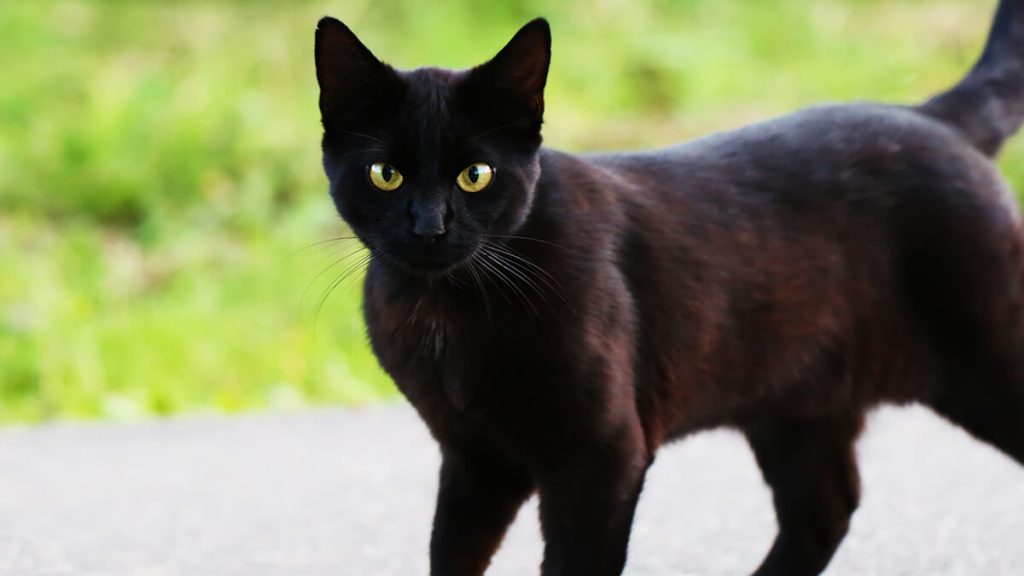The world is a weird and wonderful place, filled with traditions that range from the deeply spiritual to the downright bizarre. Whether hurling tomatoes at strangers, chasing cheese down a hill, or jumping over babies, every culture has its unique way of celebrating life, the universe, and everything in between. Grab your passport to peculiarity; we’re embarking on a globe-trotting adventure and exploring 22 of the most outlandish traditions worldwide!
Cheese Rolling Madness in England
Every spring, a steep hill in Gloucestershire becomes the site of a peculiar pursuit – chasing a 9-pound wheel of Double Gloucester cheese. Participants tumble, sprint, and somersault down Cooper’s Hill, all for the glory of winning the cheese. Injuries are a given, but the spirit of competition is indomitable.
Night of the Radishes in Mexico
Oaxaca hosts an annual event on December 23, where radishes are carved into intricate scenes that defy imagination. These are not your garden-variety radishes but oversized, specially grown for the event, depicting everything from nativity scenes to mythological tales, showcasing extraordinary creativity and a deep-rooted love for tradition.
The Polterabend Plate Breaking in Germany
Before tying the knot, German couples partake in Polterabend, a tradition where friends and family smash porcelain dishes outside the couple’s home. The cacophony of shattering crockery is believed to bring luck, and the couple cleans up the mess together, symbolizing their ability to tackle life’s challenges as a team.
Baby Jumping Festival in Spain
El Colacho, a Spanish tradition dating back to 1620, involves men dressed as devils leaping over infants lying on mattresses in the street. This ritual, part of the Corpus Christi celebration in the village of Castrillo de Murcia, is said to cleanse the babies of original sin and guard them against illness and evil spirits.
Monkey Buffet Festival in Thailand
In Lopburi, a feast fit for a king is laid out annually for the local monkey population. Fruits, vegetables, and an array of sweets are offered to the monkeys, drawing crowds from around the world. This event celebrates the monkeys’ role in attracting tourism, highlighting the unique bond between the townsfolk and their primate neighbors.
The Scottish Fireball Festival
To usher in the New Year, residents of Stonehaven, Scotland, parade through the streets swinging fiery balls of wire and rags above their heads. This ancient ritual purges the old year’s bad spirits and welcomes the new with light and energy. The fireballs are eventually flung into the harbor, casting a glow over the town and sea.
Blackening the Bride in Scotland
Another quirky Scottish tradition involves covering the bride-to-be in everything from molasses and ash to feathers and flour. This pre-wedding ritual meant to ward off evil spirits, ensures that if the bride can handle this, she can handle anything marriage throws her way.
The Hair Freezing Contest of Canada
The Takhini Hot Pools host an annual Hair Freezing Contest in the Yukon. Participants dunk their heads in the hot springs, then style their hair and facial hair into frozen sculptures as they emerge into the cold air. Winners are chosen based on the most creative and outrageous frozen hairdos.
La Tomatina Tomato Fight in Spain
Every August, the town of Buñol turns red with overripe tomatoes during La Tomatina, the world’s biggest food fight. Thousands gather to hurl tomatoes at each other, painting the town and themselves in a pulpy, tomatoey mess. It’s a wild, squishy, and surprisingly joyful way to spend a day.
Crying Baby Sumo in Japan
Japanese sumo wrestlers hold a unique contest where they compete to make babies cry. It’s believed that the cries ward off evil spirits and ensure the children’s good health. The sight of hefty sumos gently coaxing tears from infants, all in the safe embrace of a sacred ring, is both bizarre and heartwarming.
The Toe Wrestling Championships in England
In Derbyshire, England, competitors lock toes in a battle of strength and agility, aiming to pin their opponent’s foot for three seconds. This unusual sport, with categories for both men and women, draws participants and spectators from across the globe, proving that competition knows no bounds.
Wife Carrying Championship in Finland
Eukonkanto, or wife carrying, is a Finnish sport with a simple premise: men race while carrying their wives through an obstacle course. The prize? The wife’s weight in beer. It’s a testament to strength, endurance, and, apparently, the Finnish sense of humor.
Gurning Contests in England
In the English village of Egremont, competitors pull the ugliest face possible to win the World Gurning Championship. Held during the Crab Fair, it’s a celebration of human expression, however grotesque, and a reminder that beauty truly is in the eye of the beholder.
The Living Goddess of Nepal
In Kathmandu, a young girl is chosen to be the Kumari, a living goddess, until she reaches puberty. Revered by both Hindus and Buddhists, the Kumari lives in a palace and appears at festivals, her feet never touching the ground. This tradition highlights Nepalese culture’s deep spiritual heritage and reverence for the divine feminine.
The Danish Broken Dishes Ritual
On New Year’s Eve in Denmark, it’s customary to throw old plates and glasses against the doors of friends and family. The bigger the pile of broken dishes at your doorstep, the more luck and friendship you’ll have in the coming year. It’s a loud, messy celebration of love and camaraderie.
The Festival of Exploding Hammers in Mexico
In San Juan de la Vega, a small town in Mexico, participants strap homemade explosives to sledgehammers and slam them against rail beams, causing loud and dangerous explosions. This tradition, part of a larger festival, is a testament to human bravery (or folly) and the lengths people will go to for a thrill.
Silent Meal in Ireland
In the Irish tradition of Béal na Bláth, a silent meal is held in honor of deceased family members. This meal is prepared with a place set for the deceased, including their favorite foods, to invite their spirit to join the gathering. It’s a poignant reminder of the thin veil between this world and the next.
Mud Festival in South Korea
Boryeong hosts an annual Mud Festival, where millions flock to revel in mineral-rich mud through wrestling, sliding, and swimming. This messy, joyful celebration promotes the mud’s health benefits and is a unique way to connect with nature and each other.
The Penguin Swim in Maryland, USA
On New Year’s Day, hundreds brave the chilly waters of the Atlantic in Ocean City for the Penguin Swim. Participants, often in costume, take the plunge to raise funds for local hospitals, embodying the spirit of community and the joy of a fresh start.
Finnish Air Guitar World Championships
Oulu, Finland, is home to the Air Guitar World Championships, where competitors worldwide rock out on invisible guitars. It’s a celebration of peace, creativity, and the universal language of music, proving you don’t need an instrument to unleash your inner rock star.
The Gurung Honey Hunt in Nepal
The Gurung people undertake a dangerous tradition of collecting honey from cliffside beehives in the Himalayas. Dangling from ropes, these hunters face swarms of bees to gather the hallucinogenic honey, a prized delicacy and medicine, showcasing incredible courage and a deep respect for nature.
Swimming with the Dead in Indonesia
The Toraja people of Sulawesi have a profound relationship with their deceased, exhuming bodies every three years to clean, dress, and celebrate with them in a festival called Ma’nene. This tradition bridges the living and the dead, emphasizing a continuous bond that transcends the physical realm.



